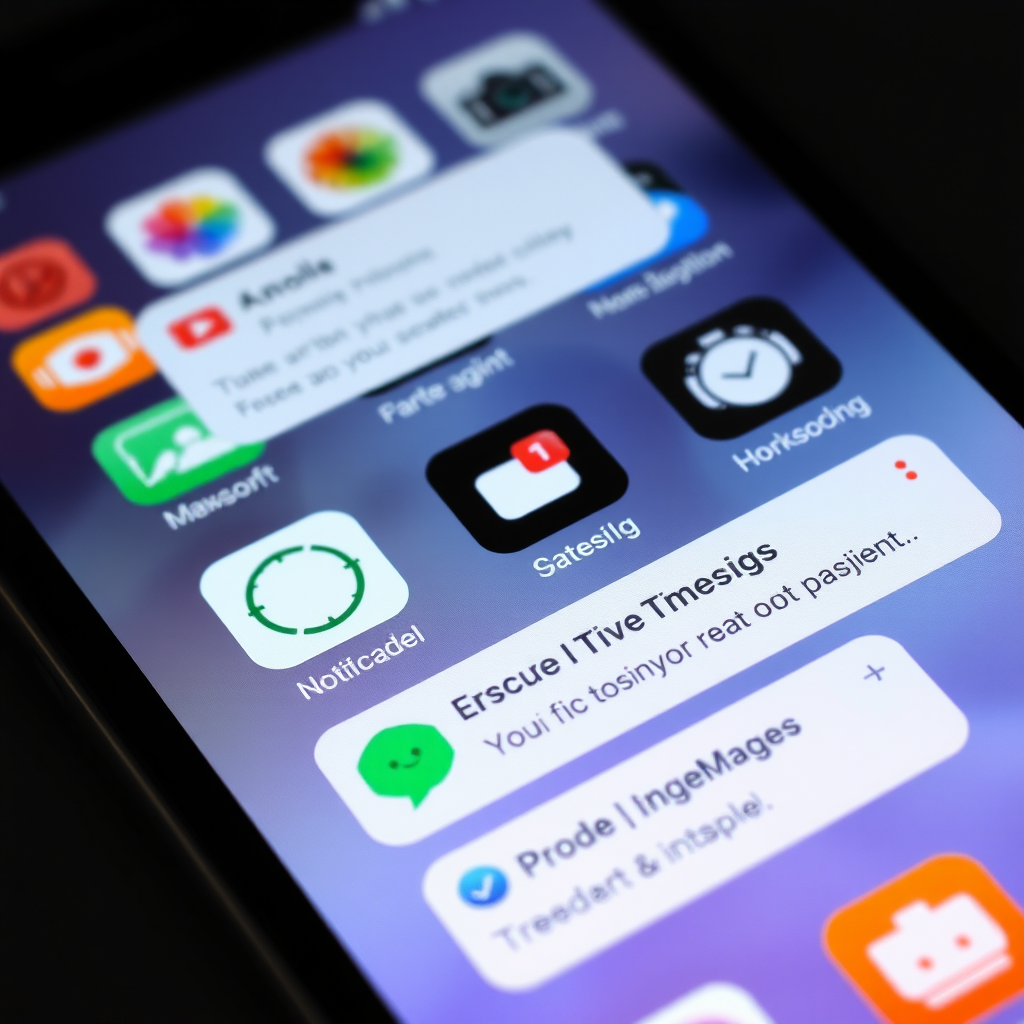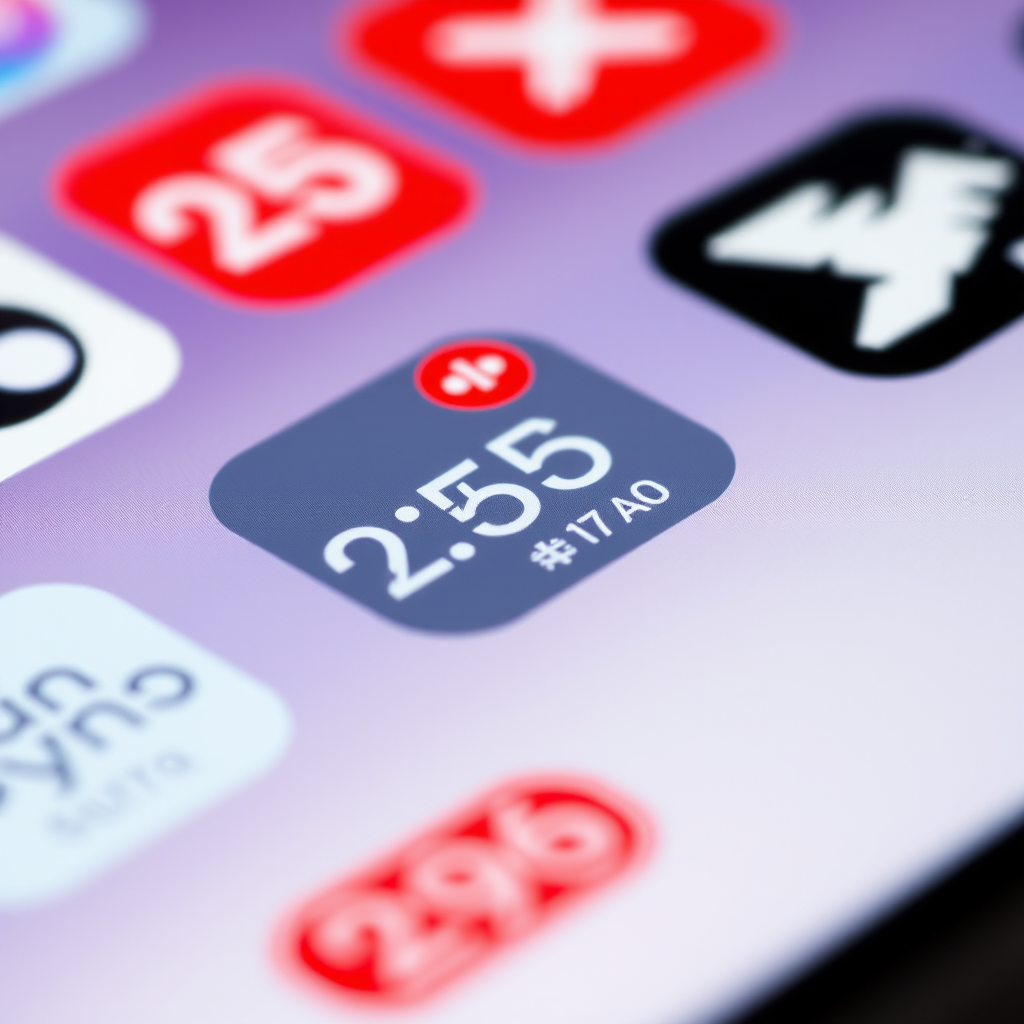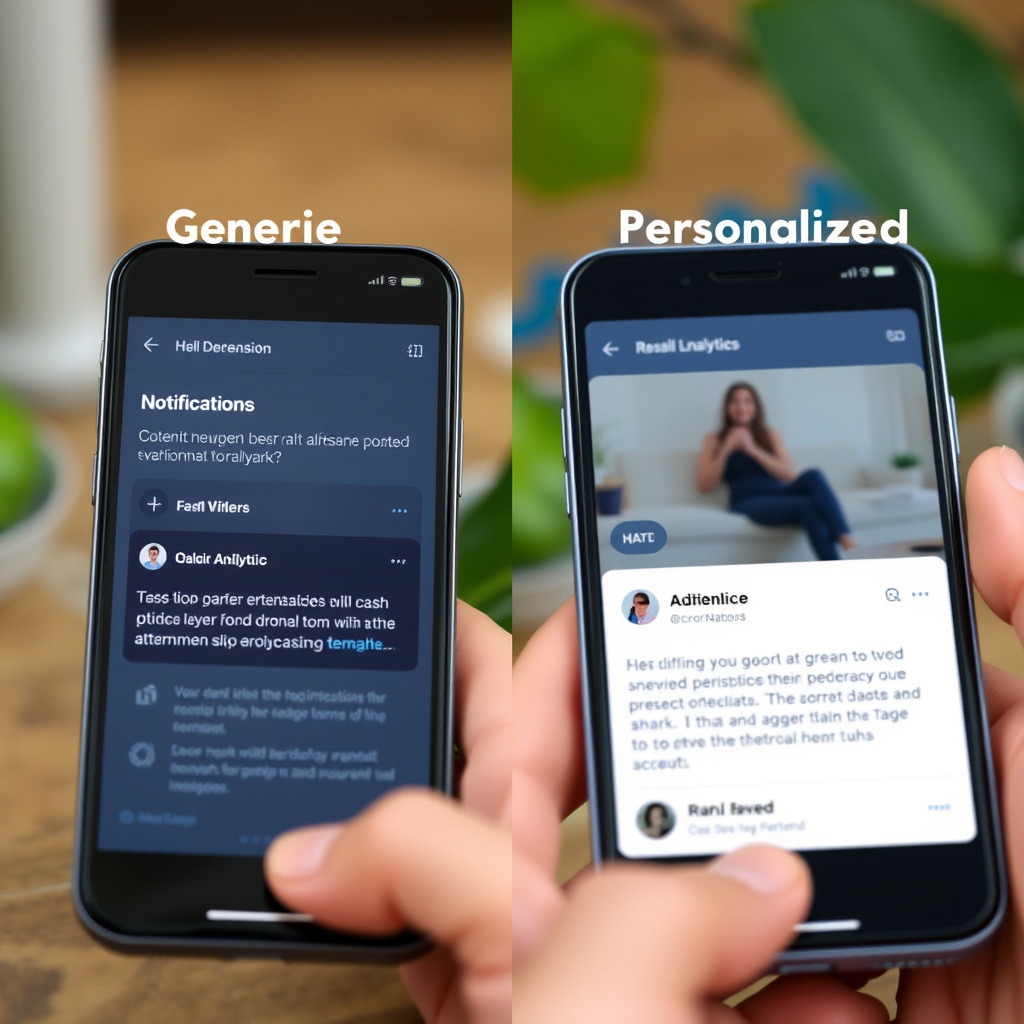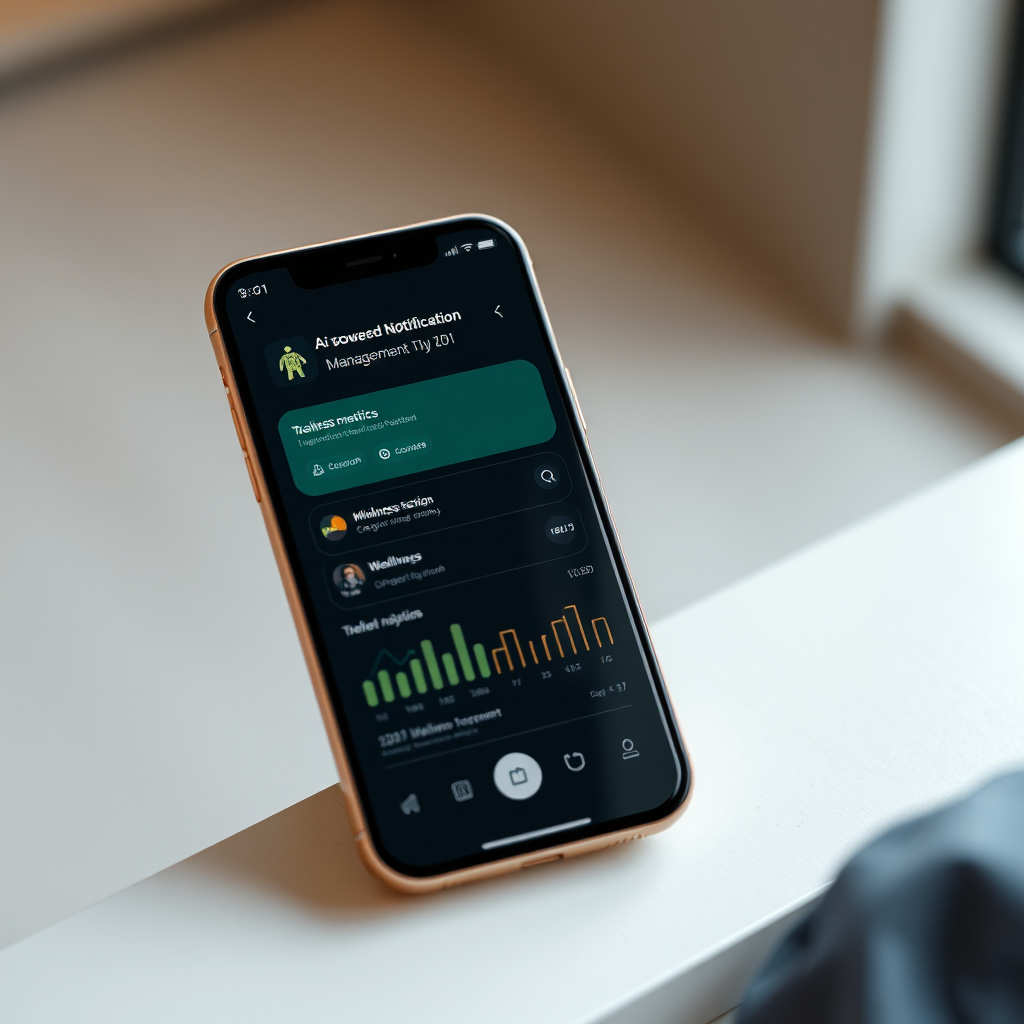In our hyperconnected world, the average smartphone user receives over 80 notifications per day. These digital interruptions aren't random occurrences—they're carefully engineered psychological triggers designed to capture our attention and shape our daily routines. Understanding the psychology behind notification design reveals how modern platforms influence our behavior patterns and digital habits.

The Science of Attention Capture
Notification systems leverage fundamental principles of behavioral psychology to maximize user engagement. The most powerful of these is the concept of variable ratio reinforcement—the same mechanism that makes gambling addictive. When we receive notifications at unpredictable intervals, our brains release dopamine in anticipation of potential rewards, creating a cycle of compulsive checking behavior.
Modern platforms exploit this by varying notification timing and content. A social media app might send you a notification about a friend's post at 2 PM, then nothing until 7 PM when it alerts you to new likes on your content. This unpredictability keeps users constantly engaged, checking their devices an average of 96 times per day.
The Badge Count Psychology
Those small red circles with numbers on app icons aren't just informational—they're psychological pressure points. Badge counts create what researchers call "completion anxiety," a mental state where unfinished tasks generate stress. The human brain is wired to seek closure, making those numbered badges particularly effective at driving user behavior.

Apps strategically use badge counts to create artificial urgency. Email clients might group promotional messages with important communications, inflating badge numbers. Social platforms count every interaction—likes, comments, shares—as separate notifications, maximizing the psychological impact of those red indicators.
Timing as a Behavioral Tool
The timing of notifications is perhaps the most sophisticated aspect of their design. Apps analyze user behavior patterns to identify optimal moments for engagement. They track when you're most likely to be available, what times you typically check your phone, and even correlate this data with your location and activity patterns.
Productivity tools often send notifications during traditional work hours, while entertainment apps favor evening and weekend alerts. This temporal targeting transforms notifications from simple alerts into behavioral nudges that gradually reshape our daily routines and digital habits.
The Personalization Paradox
Modern notification systems use machine learning to personalize alerts based on individual user behavior. While this creates more relevant notifications, it also makes them more psychologically compelling. When an app knows your interests, social connections, and usage patterns, it can craft notifications that feel personally meaningful rather than generic broadcasts.

This personalization creates what psychologists call the "relevance trap"—notifications become so tailored to our interests that ignoring them feels like missing out on something important. The result is increased engagement but also heightened anxiety about staying connected.
Impact on Daily Routines and Digital Wellness
The cumulative effect of these design choices extends far beyond individual app usage. Notifications fundamentally alter how we structure our days, creating what researchers term "continuous partial attention"—a state where we're never fully focused on a single task.
Studies show that it takes an average of 23 minutes to fully refocus after a notification interruption. With dozens of notifications daily, many users never achieve deep focus, leading to decreased productivity and increased stress levels. Our daily routines become fragmented, punctuated by digital interruptions that reshape how we work, socialize, and even relax.
The Future of Notification Design
As awareness of these psychological mechanisms grows, some platforms are beginning to implement more mindful notification strategies. Features like "Do Not Disturb" modes, notification scheduling, and summary digests represent early attempts to balance engagement with user wellbeing.
However, the fundamental tension remains: platforms need user attention to survive, while users increasingly seek digital wellness and meaningful technology interactions. The future of notification design will likely involve more sophisticated AI that can better predict when interruptions are truly valuable versus merely attention-grabbing.

Taking Control of Your Digital Habits
Understanding the psychology behind notification design empowers users to make more conscious choices about their digital interactions. Simple strategies like turning off non-essential notifications, using app timers, and creating notification-free zones can help restore balance to our daily routines.
The key is recognizing that every notification represents a deliberate design choice aimed at influencing your behavior. By becoming aware of these mechanisms, we can begin to reclaim control over our attention and create more intentional relationships with the technology that shapes our daily lives.
As we continue to integrate digital tools into every aspect of our routines, the conversation around notification design and its psychological impact becomes increasingly important. The platforms that succeed in the long term will be those that find ways to engage users meaningfully without exploiting the psychological vulnerabilities that current notification systems so effectively target.